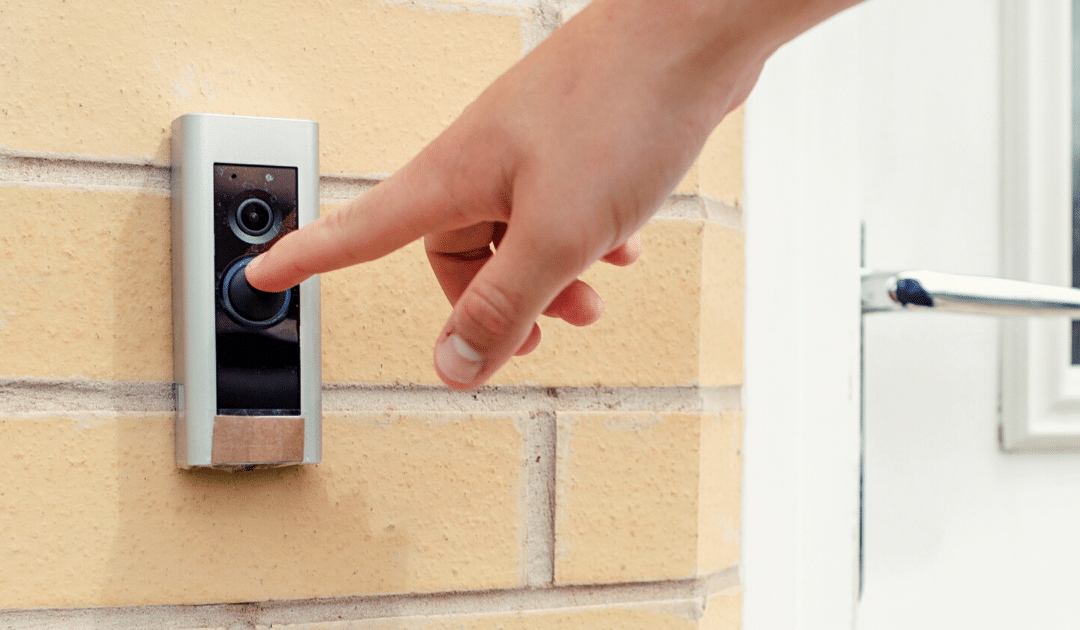
by California Casualty | Homeowners Insurance Info |
You’ve got a few tools at your disposal for protecting your possessions. First, there’s homeowner’s insurance in the case of theft or loss, but you can also take steps to prevent theft in the first place, by getting a quality home security system.
There are lots of great options out there, and as technology continues to progress, the choices keep expanding. In fact, it can all be a bit overwhelming, so let’s dive into the top considerations you’ll want to look at when choosing a security system – including your first decision point: whether to go with a DIY or a professionally installed system.
DIY vs. Professionally Installed
DIY systems come as packaged kits that you need to install yourself. For most, you’ll be doing the security monitoring, usually via a smartphone app, but some require you to pay for professional monitoring. Professionally installed systems, on the other hand, are installed by a technician, and monitoring is done by the company (trained dispatchers verify triggered alarms and dispatch authorities when needed).
DIY Systems:
Pros
-
-
- Flexibility in tailoring a system to your needs
- Less expensive and usually no monthly fees
Cons
-
-
- Requires you to install the system correctly
- You’re responsible for monitoring (i.e. not missing a smartphone alert!)
Pro-Installed Systems:
Pros
-
-
- System is expertly installed by a trained technician
- 24/7 monitoring by professionals who can dispatch at a moment’s notice
Cons
-
-
- More expensive, with installation and monthly service fees (as well as potential false alarm fees, add-on components, and other fees)
- Usually require multi-year contracts
Popular Systems
Here are some of the most well-known and top-rated systems on the market. In your research, you may find others as well.
DIY Systems:
Pro-Installed Systems:
7 Additional Considerations
As you further hone your choices – be they DIY or pro – here are some other things to take into account.
1. Wireless vs. wired. Systems can be wired or wireless (or sometimes have elements of both). The basic difference is that your control panel and network of sensors are on either a cellular or a landline connection. What you choose will depend on what you need from the system. That said, always make sure to choose a system that includes two-factor authentication for extra security.
2. Pick a system that fits your lifestyle. For instance, is it mainly for when you’re out of town, or also while you’re at home? Do you want it to do smart-home integration, like turning lights off/on, controlling the thermostat, or have sensors for fire, water leak, and glass breaks?
3. Tailor it to your home. For instance, homes with large yards or outdoor areas typically need cameras; condos or apartments can get away with simpler systems.
4. Do your research. No matter if you’re installing your own system or going with a company, learn about all the components available – oftentimes, your system will be a tailored combo of what makes the most sense for keeping your home safe and secure. Systems can include any of the following: control panels, base stations, keypad, locks, contact sensors, motion sensors (interior and exterior), entry sensors, key fobs, glass break sensors, security cameras, door and window sensors, and a variety of different alarms and/or sirens. Most also have signs for your yard or windows to advertise that yours is a secure home.
5. Freedom vs. convenience. If going the DIY route, weigh whether you want the added security of having professional monitoring or if you want to do this yourself. If you’d rather not have that constant responsibility (or stress), that will limit your choices for DIY systems.
6. Conduct due diligence. If you’re leaning towards pro-installed, make sure you get three custom quotes and are clear about how the contracts differ and their terms. Also, take advantage of an in-home consultation if the companies offer it.
7. Check with your local police department. Some municipalities require that anyone running their own security system with professional monitoring obtain a permit. This ensures that their law enforcement and authorities are aware of alarm systems in their jurisdiction.
Choosing the right home security system is a highly personal choice that depends on your lifestyle, budget, home features, and the value of your belongings. Do your research and take your time – but also give yourself a high-five for taking action! Security systems can not only save you money from potential theft, but also prevent the trauma of dealing with a break-in (no one needs that stress right now!). Good luck and also remember to make sure your home insurance is up to date.
This article is furnished by California Casualty, providing auto and home insurance to educators, law enforcement officers, firefighters, and nurses. Get a quote at 1.866.704.8614 or www.calcas.com.

by California Casualty | Finances, Homeowners Insurance Info |
Purchasing a home is an extremely exciting adventure in the life journey – in fact, more than anything it might represent achieving the American dream. For all the excitement though, it can be confusing, challenging, and stressful. And even for those who’ve done it before, today’s real estate and credit markets are significantly different from even five years ago.
So, whether you’re embarking on this journey as a first-time home buyer, taking advantage of record-low interest rates, or just planning on downsizing or upgrading, follow our guide to help get you in great home-buying shape.
Phase 1: Prepping and Planning
1. Decide how much you can afford – If you’re like many, your home is the largest purchase you’ll ever make – so the biggest question is around how much you can comfortably afford. This is determined according to your income, debt, credit score, location, and more. Then there’s the down payment, for which you’ll probably need to have a savings plan to reach (typical amount is 10-20% of the home value). You can use a home affordability calculator or, better yet, talk to a financial planner.
2. Put your financial ducks in a row – You’ll want to be in good financial shape before house shopping. That means paying off all or most of your debt and making sure you have an emergency fund. The latter will be helpful for those unexpected expenses you’ll have as a new homeowner (that you didn’t have to worry about as a renter!). You’ll also want to save for closing costs (typically 2-5% of loan amount), moving expenses, repairs, and other various expenses.
3. Strengthen your credit – Your credit score affects what loans you will qualify for, so you want it as strong as possible. Get free credit reports from Experian, Equifax, and TransUnion and make sure there aren’t any errors. Then build your score by making sure to pay all bills on time and keeping card balances low. If you don’t have much credit history, quickly start building your score by putting a utility bill or two in your name and staying current on your payments.
4. Educate yourself – Get familiar with all the steps of the process, including all the costs along the way and the people who will be involved. Your main contact (and person working on your behalf) will be your real estate agent, but you will/may also be working with a seller’s agent, broker, loan officer, underwriter, appraiser, listing agent, loan servicer, home inspector, and others.
5. Work with recommended professionals – The most important of these is your real estate agent, who will be representing you and your interests through the process. Ask for recommendations in your circle. Pro tip: You may get referrals to “real estate agents,” “realtors,” and “real estate brokers.” What’s the difference? The first is a licensed professional representing buyers or sellers, the second is a real estate agent who’s a member of the realtors’ association, and the last generally has more training and may work independently or have their own firm.
6. Explore your mortgage options – You can go with all kinds of lenders – all of which have a different down payment and eligibility requirements. Make sure you look at the range of loans, including conventional mortgages as well as loans offered by the FHA, USDA, and VA. As a first-time homebuyer, be sure to research federal or local assistance programs for your buying cohort – they typically offer advantages and savings not offered to other home buyers! After your research, carefully compare the different loan fees and rates.
7. Get pre-approved – After you’ve chosen a preferred lender, apply for pre-approval. Having a pre-approval letter (which specifies the lender’s offer amount) shows real estate agents and home sellers that you’re serious about buying, which can put you at the front of the bidder line.
Phase 2: House Shopping
8. Research the area – Smart buyers don’t make buying decisions based on the property and house alone. Make sure you thoroughly research the neighborhood (visiting it at different times and days) and think about proximity to schools and workplaces. Research crime rates and consider traffic congestion and freeway access. Also, know the value of homes in the area – a price per square foot average is a great yardstick for making sure you don’t end up paying over market value.
9. Go to open houses – The pandemic has made online home-viewing easier than ever. Take advantage of 3D home tours, which will let you filter out homes that don’t fit your needs. From there, you can attend in-person open houses only at those homes you’re most interested in.
10. Get an inspection – Paying for a home inspection is money well spent and can save you very expensive headaches down the road. A typical inspection covers things like structural elements, grounds, attic, heating and cooling systems, roof, exterior surfaces, basement, insulation, electrical system, and all other parts of the home.
11. Make an offer – Once you’ve found the home you want and can afford, you’ll make an offer to the seller. If you’re not sure how much that should be, lean on your agent for their expertise! They can also help guide you through any negotiating (on say, repairs) or other terms or conditions. Finally, a personalized offer letter never hurts!
12. Know the market – You may be buying in a seller’s market, a buyer’s market, or somewhere in between. Knowing the larger marketplace will help ensure you don’t over-or underbid (again, your agent should be your guide here!). If the market is especially hot you’ll be competing against lots of other offers – know your top price going in so that you don’t get saddled with debt you can’t afford.
13. Get adequate home insurance – Your lender will require homeowners insurance, so start shopping for coverage early (at least 30 days before closing). Get quotes and make sure you understand what’s covered, what’s not, what the terms are, and any additional coverage your home may need. Have questions? Give us a call – we offer special benefits to educators, firefighters, nurses, and peace officers!
Congratulations on embarking on the exciting home-buying journey! With a little extra effort, a plan, and a solid understanding of the process, you’ll be settled into the home of your dreams in no time.
This article is furnished by California Casualty, providing auto and home insurance to educators, law enforcement officers, firefighters, and nurses. Get a quote at 1.866.704.8614 or www.calcas.com.
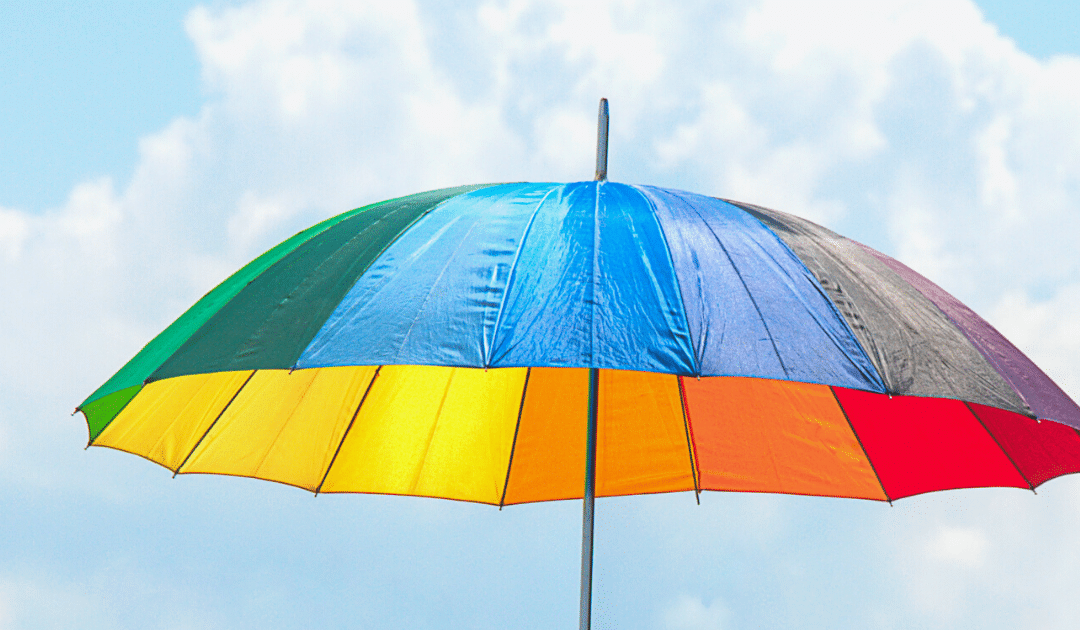
by California Casualty | Auto Insurance Info, Homeowners Insurance Info |
Umbrella Insurance, sometimes called “personal umbrella insurance”, is a type of personal liability insurance that provides an extra layer of affordable liability protection in the event of an accident.
Adding Umbrella Insurance protects you and your family by covering additional damage costs that extend beyond the limits of your homeowner’s, auto, or watercraft policies. This additional coverage ensures your personal assets are safe.
Considering adding an Umbrella Insurance policy? Here are some answers to frequently asked questions.
What does it cover?
The primary purpose of this coverage is to protect you if you’re found liable for causing bodily injury to others or damage to their property. It also protects against incidents involving slander, libel, false arrest, and invasion of privacy, as well as any legal defense costs – even if you’re not found liable. It protects not just you as a policyholder, but also other family members within your household.
What does it not cover?
Umbrella insurance does not cover damage to your own property, nor does it cover any deliberate damage to others’ property caused by anyone on the policy.
How does it work?
Think of it as a “supplement” to your core coverage. Let’s say you have liability limits of $250,000 through your auto and homeowners insurance and you’re sued for $1,000,000. The umbrella insurance would kick in after legal fees and costs exceed $250,000 – which can happen staggeringly quickly – protecting you against having to pay the remaining amount out of pocket.
How do you know if you need it?
You might need an umbrella policy if you: own a car, own a home, want to protect your assets against a lawsuit or judgment, or want to protect your retirement savings or future earnings. Accidents happen every day – umbrella insurance is an affordable way to protect the assets that you’ve worked hard to acquire.
How much does it cost?
For the amount of protection it offers, liability insurance is surprisingly affordable. The decision on whether or not to get it calls for weighing the risk of what you stand to lose – current assets as well as the potential loss of future income or earnings. It’s especially affordable if you already have a policy with the same insurance company. Are you already a California Casualty member? Call us for an Umbrella Insurance quote today!
Does it cover car rentals?
Your automobile policy is the primary coverage for any damage or injuries you might cause while driving a rental car. However, if the cost of damage or any lawsuit fees is greater than your auto insurance liability limits, that’s when umbrella insurance protection would provide you further protection.
Does it cover rental property?
If you’re a renter and have renters insurance, an umbrella policy can extend your liability protection beyond the limits of your primary policy. If you’re a landlord, this coverage can help protect you from lawsuits by tenants, their guests, or other third parties.
If you are still on the fence about Umbrella Insurance, here’s what you can do. Add the value of your home, significant assets, and any investment portfolios or retirement savings accounts, and determine how much liability coverage you have from your home and auto policies. Do your current policies cover your assets?
If the answer is no, it may be time to consider an Umbrella Insurance Policy.
Find out more about what we have to offer by calling us at 877.652.2638, or email us at [email protected].
This article is furnished by California Casualty, providing auto and home insurance to educators, law enforcement officers, firefighters, and nurses. Get a quote at 1.866.704.8614 or www.calcas.com.
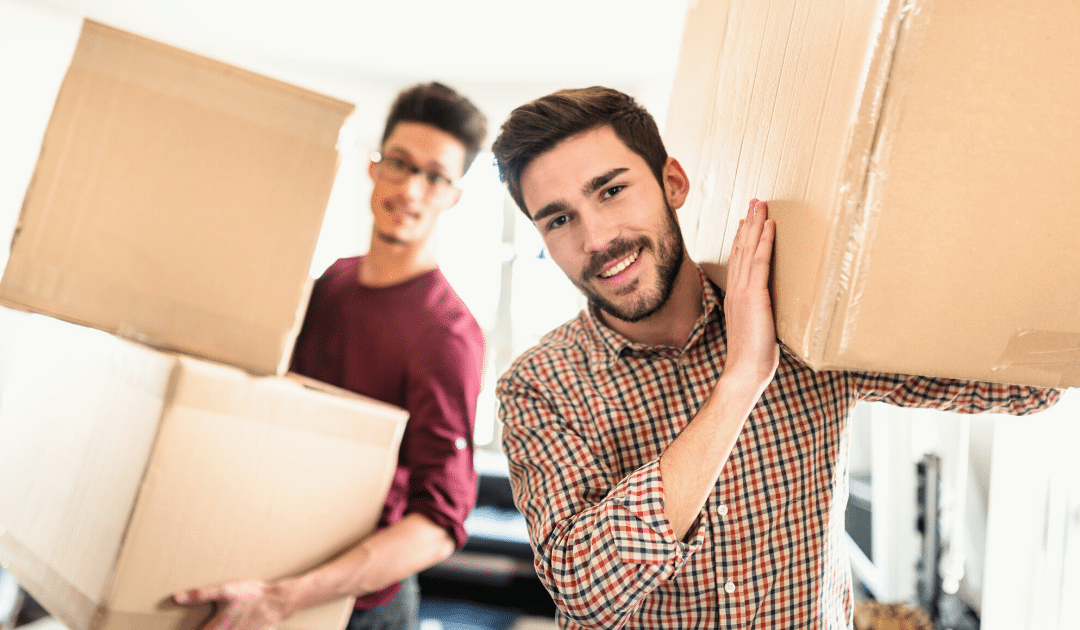
by California Casualty | Homeowners Insurance Info |
If you rent your home, having renters insurance is a no-brainer: It protects against loss and damage to your belongings and usually costs less per month than a fast-food order. But what about when you add a roommate to the mix? How does that affect your policy and coverage?
Here are answers to some of the most common insurance questions in a roommate situation.
Can I share a policy with a roommate?
California Casualty does not allow roommates to purchase a policy together. However, we offer a low or no cost endorsement, “Other Members of Household” that the insured can add to cover the roommate. This endorsement extends coverage for unrelated household members who live and maintain contents at the insured location, like a review. The maximum number of unrelated roommates that can be added to a policy is two.
How do I add a roommate to my policy?
California Casualty does not require both roommate’s names to appear on the lease. We only need the roommate’s name and the estimated value of property and increase the coverage amount if it is not adequate enough to cover the roommate’s personal belongings. You’ll want to go through the policy in detail with your insurance agent and roommate to make sure all the coverage, liability, and policy details are clear, understood, and agreeable to all parties.
What will the policy cover?
All policies have coverage limits. Typically, in a shared policy situation, the coverage limit doesn’t increase with the addition of a roommate but gets split between you. You’ll need to decide if the coverage limit is adequate given the value of your and your roommate’s possessions combined. Policies typically also cover personal liability, which helps cover the costs due to accidental property damage and accidental bodily injury.
What if my roommate moves out?
You’ll need to update your policy as soon as there are any changes to your roommate situation. If your roommate moves out, you’ll need to make yourself the sole policyholder asap. If you decide to bring in another roommate (and you both want to share a policy), you’d need to go through the policy update process again.
Further considerations
If you’re considering sharing a policy but are just not sure, think about the following.
-
- Take stock of what you own. If your possessions are worth much more than your roommate’s, it may not be worth sharing a policy.
- Check for potential cost savings. Working with your insurance agent, price out a shared policy versus a single policy. In some cases, a solo policy ends up being more affordable while offering more coverage.
- Choose your roomie well! The secret to a good shared policy situation is a strong underlying relationship where you and your roommate are on good terms, can have honest conversations, and trust each other.
Deciding whether or not to share a policy is a very personal and individual choice – only you can know if it’s the best choice for you. But in the end, whether you decide for solo or shared, the most important decision is that you get protection as a renter. Check out the top 5 reasons to get renters insurance here.
This article is furnished by California Casualty, providing auto and home insurance to educators, law enforcement officers, firefighters, and nurses. Get a quote at 1.866.704.8614 or www.calcas.com.
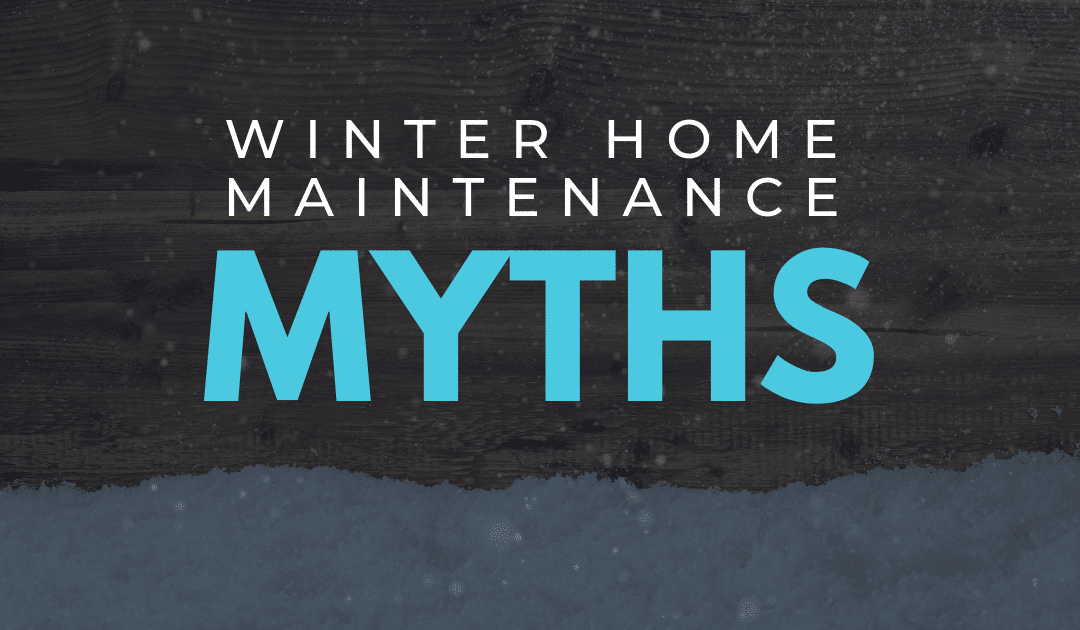
by California Casualty | Homeowners Insurance Info |
Tomato juice is the best way to de-funk a skunked dog. Newspapers are the top choice for getting your windows sparkly clean. You’ve probably heard these tips a million times before? Too bad they don’t actually work!
When it comes to maintaining your home, the last thing you want is to follow myths that don’t work. We’ve rounded up 6 wintertime home maintenance myths that not only aren’t true – but could actually cause damage or a false sense of safety. To save you research time, we’ve also included what to do instead.
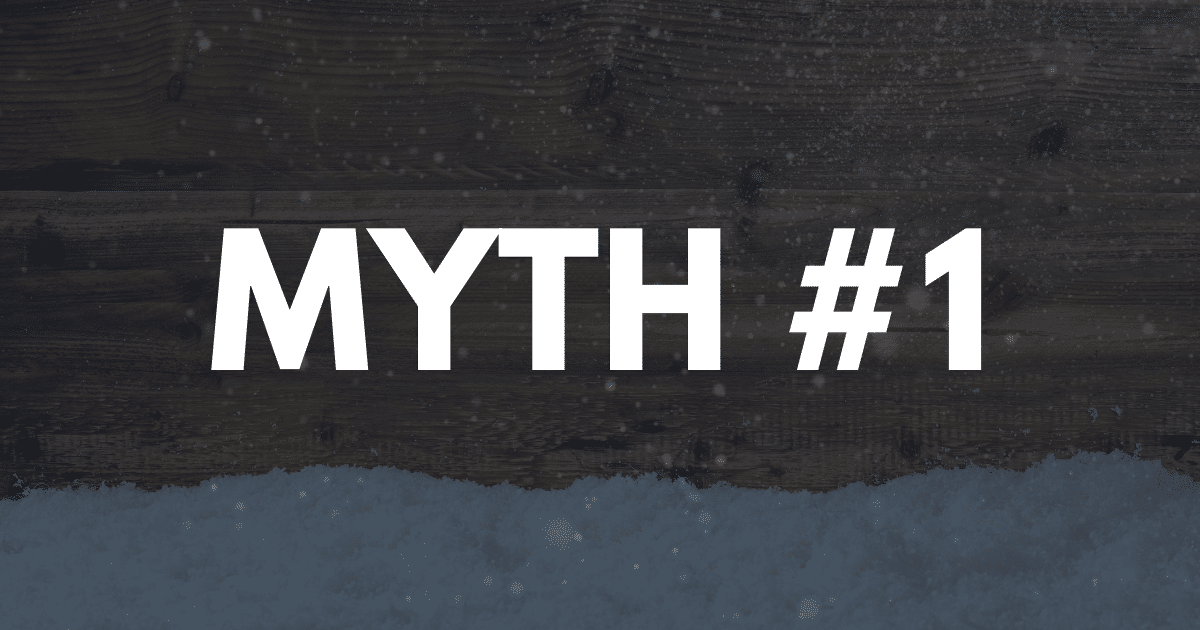
Use kitty litter to prevent slipping on ice – The idea is that putting litter on icy walkways and driveways will reduce the slickness by giving some grit to the surface. In actuality, litter really isn’t effective and mostly just ends up making a mess.
Do this instead – Use clay sand – the kind you’d find in a children’s sandbox – to add traction to the surface of the ice and reduce the risk of slipping. It’s cheaper and more effective than litter or the other common go-to’s. Also note that ice melting products, including various salts, are destructive to plants, surfaces, and sometimes pets as well.
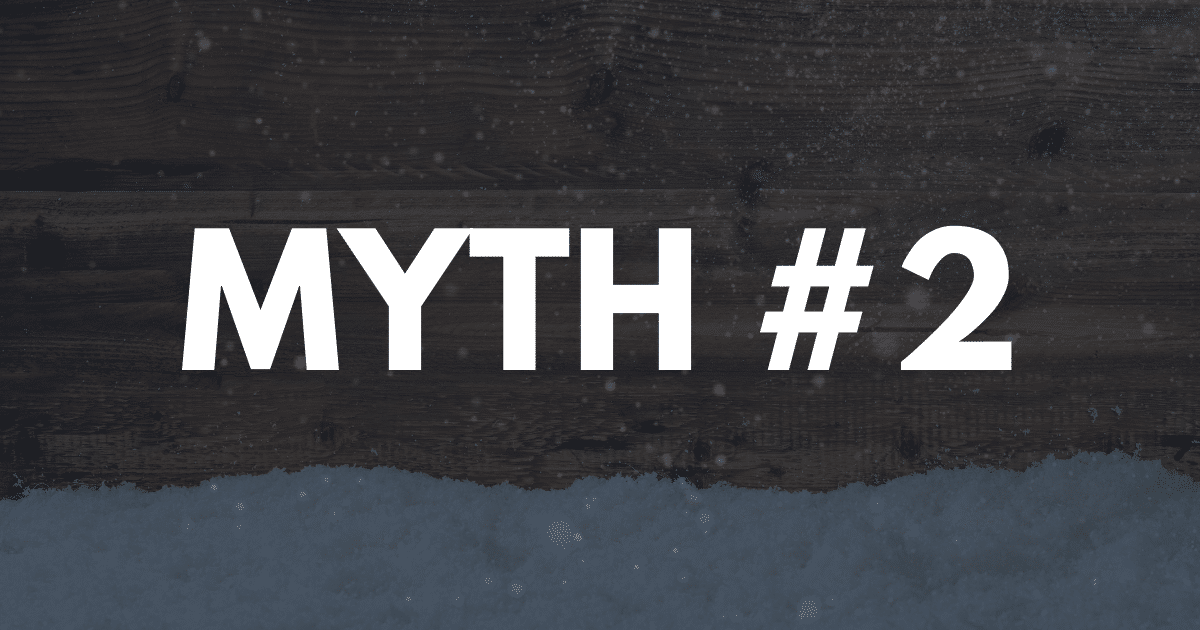
Your smoke detector’s test button is all you need for a test – We all know we’re supposed to test our smoke detectors monthly. That usually means pressing the “test” button until you hear an ear-piercing, loud siren from the detector. The thing is, the test button just checks to make sure that the batteries and the alarm sound are working, not the sensor that detects smoke.
Do this instead – To make sure you’re testing for smoke sensitivity, you should test with actual smoke. Light a long wooden kitchen match (or 2-3 small ones if that’s not available), then blow out the flame, holding it up so the smoke wafts up to the unit. If the unit doesn’t sound from the smoke, replace it immediately.
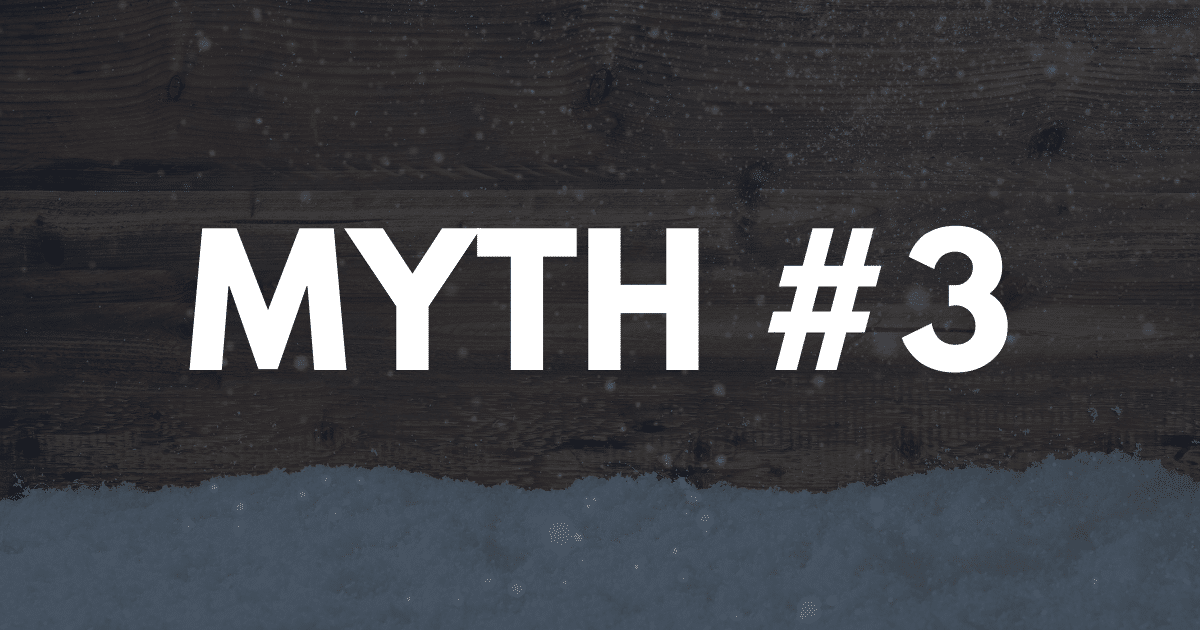
Turn off your heat when not at home – Turning off the heat when you’re out of the house seems like an obvious time and money saver. Turns out that this “best practice” is faulty – and can put your home at risk for frozen and burst pipes, among other damage.
Do this instead – Whether it’s leaving for a whole day, a weekend trip, or even a longer winter vacation, make sure you leave the thermostat set to 55 deg F or higher. If your thermostat has multiple settings, make sure you choose the “permanent/vacation hold” so that it’s not overridden the next day to resume to normal temperatures. Leaving your heater on will also prevent it from having to work extra hard upon your return.
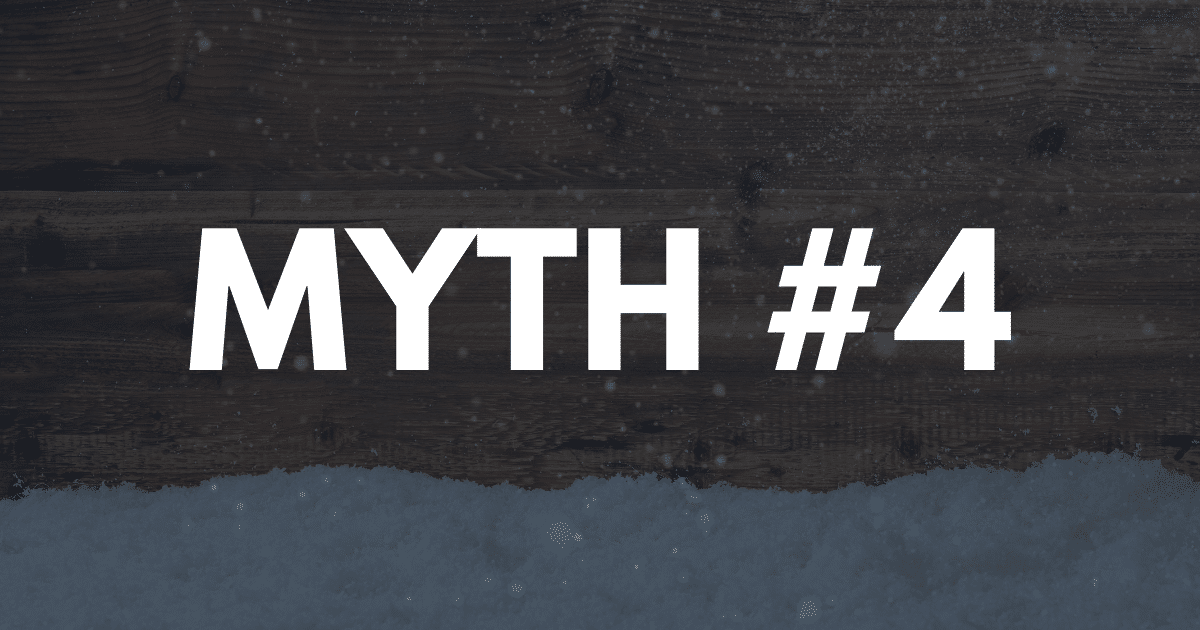
The more insulation, the better – Attic insulation is one of the most cost-effective ways to save energy in your home. So, the thinking goes: more must mean better. Some homeowners end up stuffing their attic full of the fluffy stuff, not knowing they’re dialing down its effectiveness.
Do this instead – Figure out the sweet-spot amount for your attic space. In order for insulation to do its job, its surface needs to be surrounded by air space. So, avoid forcing it into wall cavities so much that it becomes compacted. Also, too much in the main attic space can block ventilation of the soffit and eaves, creating prime conditions for condensation, mold, and eventually rot.
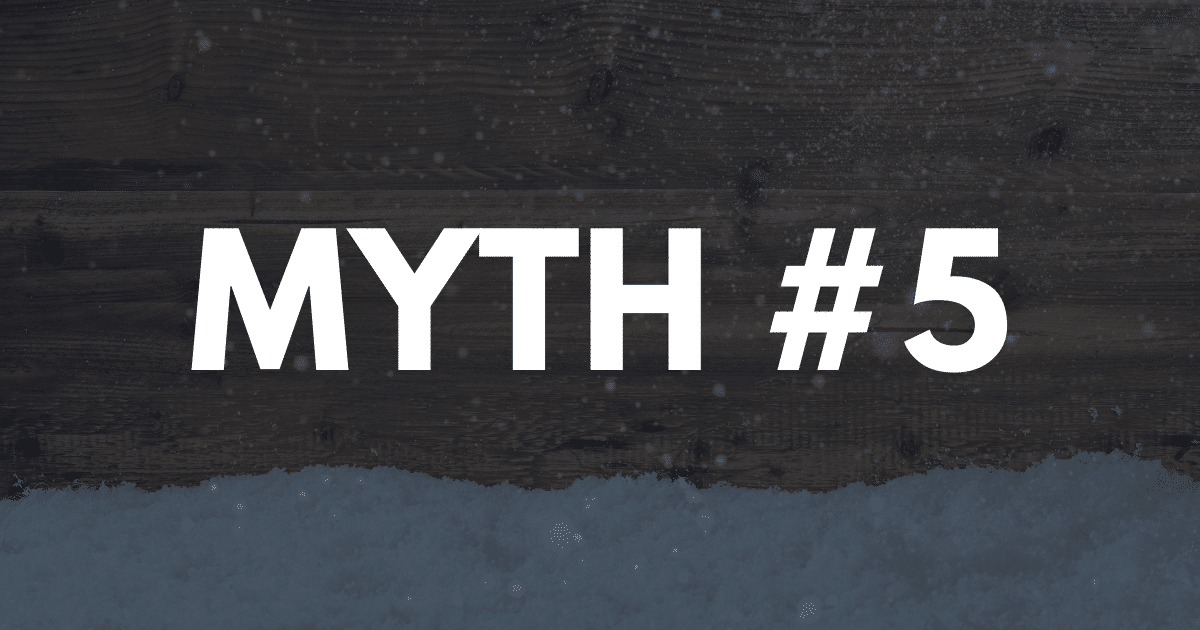
Thaw a frozen pipe quickly with a blowtorch – This myth also has versions starring matches, candles or lighters. Unfortunately, none of these is safe, and all can cause more damage to the pipe. In short, remember never to use an open flame of any sort on a frozen pipe.
Do this instead – A standard, everyday hairdryer is your go-to secret weapon for thawing freezing pipes. You can also use a space heater or heat lamp, but the dryer allows you to sweep, angle, and vary the heat source much easier. For tips on preventing frozen pipes in the first place, check out our post here.
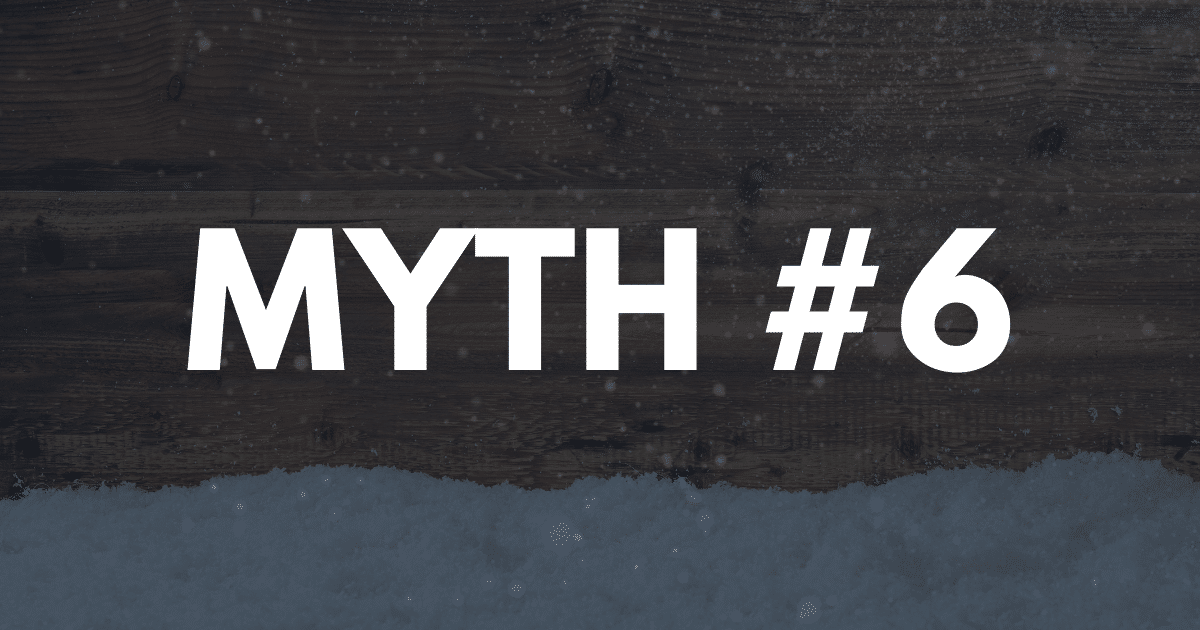
Hot water defrosts windshields fastest – No doubt about it – being delayed by a frozen windshield in the morning is one of winter’s worst annoyances. Many people reach for hot water, wanting to defrost the glass as quickly as possible. Unfortunately, pouring (or even trickling) hot water on your windshield puts you at huge risk for cracking that glass.
Do this instead – First, remove the bulk of the ice with a soft brush or plastic ice scraper. Next, warm it up slowly using lukewarm water, your car’s defroster, and/or even your air conditioning (seriously!). Check out all 5 of our quick tips for windshield defrosting here.
By replacing de-bunked winter maintenance myths with proven strategies, you’ll probably dodge some avoidable damage or even repair costs (at the very least, time and energy). But don’t stop there – pay it forward by passing on your newfound wisdom to friends, family, and neighbors!
This article is furnished by California Casualty, providing auto and home insurance to educators, law enforcement officers, firefighters, and nurses. Get a quote at 1.866.704.8614 or www.calcas.com.
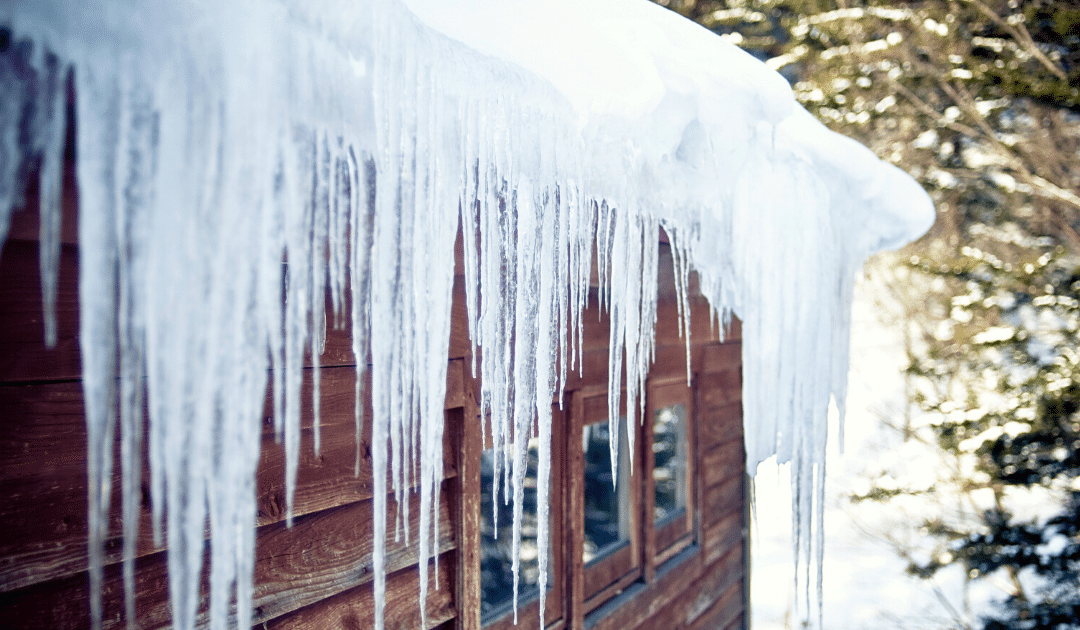
by California Casualty | Homeowners Insurance Info, Safety |
Snow build-up packs a double-punch threat to your roof – and home. As snow piles up on your roof, it creates two threats over time. One is a heavy snow weight which, if left unchecked, can pose a risk of roof collapse. The other is the formation and persistence of ice dams.
Ice dams form when warm air rises inside your house and warms the roof, melting water that then runs down the eaves. Since eaves are colder, it refreezes there and creates a solid ice block, which then backs up future run-off water behind it. The more snow you have, the more run-off will accumulate. Also, the greater the temperature difference along your roof and the more time the ice deposits have to grow, the bigger your ice dam problems will be.
Keeping both these threats at bay requires a steady habit of keeping that snow in check.
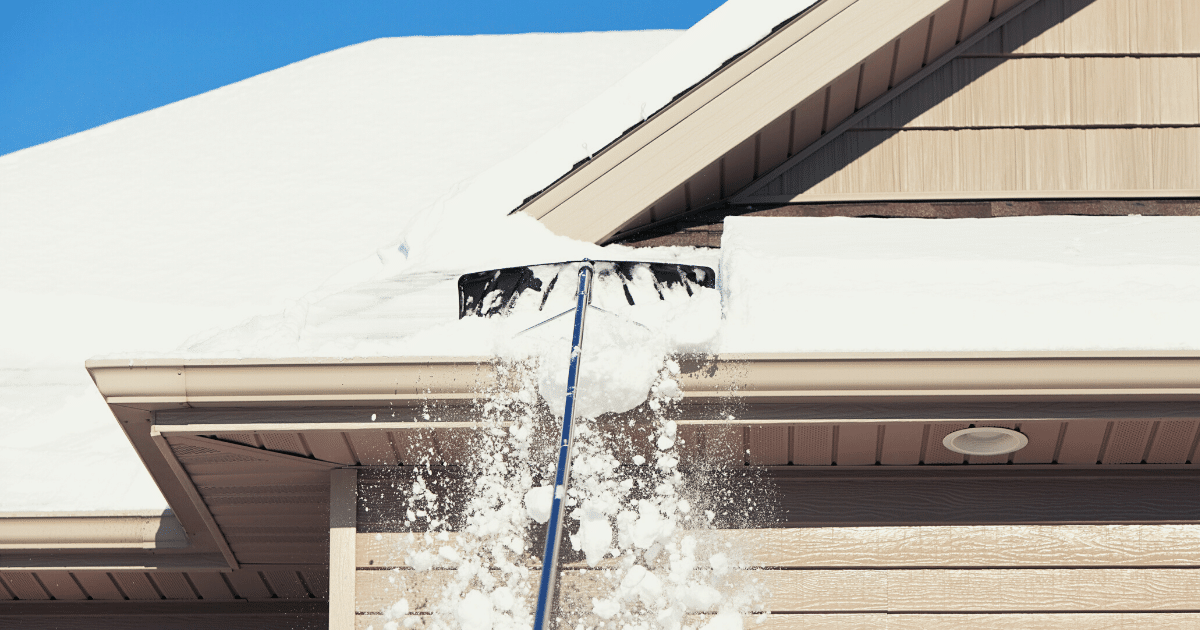
Rooftop Snow Removal
Rooftop snow is typically removed either by raking or shoveling. Your best bet as a DIYer is raking. If you live in a one-story house, you can probably do this yourself. If you live in a two-story or taller home, or you have an abundance of snow to remove, consider hiring a professional (who will most likely shovel, rather than rake). Here are some top tips for safe snow raking.
-
- Get the right rake – Look for a rake that has these important features. First: small bumpers, wheels, or rollers near the blade. These keep the blade off the roof surface, protecting it from damage. Second, the handle should have a slight bend to it. This makes it more versatile and easier to use than a straight-handled rake. Third, consider plastic over metal because it’s lighter. Finally, a telescoping feature will allow you to reach more snow.
- Buy an extension or two – If your rake doesn’t have a telescoping feature, it’s a good idea to buy extra extension poles so that you can rake as high as possible on the roof. And having an extra pole or two tucked away will be good if your main one gets bent or damaged.
- Rake regularly – Making this an ongoing task throughout the winter will help prevent build-up.
- Have a plan – It’s important to rake in a particular sequence. First, knock down any hanging icicles. Then, with a rake in hand and firm footing on the ground, work your way around the house, starting with the overhangs (which are most prone to ice dams).
- When raking, start low – Start at the bottom of the roof and work your way to the top, pulling off a foot or so of snow at a time. Be warned that starting high or pulling down too much snow could bring it tumbling down on you.
- Stand back – Give yourself some room away from the roof’s edge so that if snow dislodges, it won’t fall on you.
- Watch out for power lines – Be extremely careful not to hit any overhead lines. In fact, take an inspection walk around your house before starting to rake. Overhead lines are common in older homes.
- Think twice before salting – Salting the roof can lead to discolored shingles and dead plants or grass.
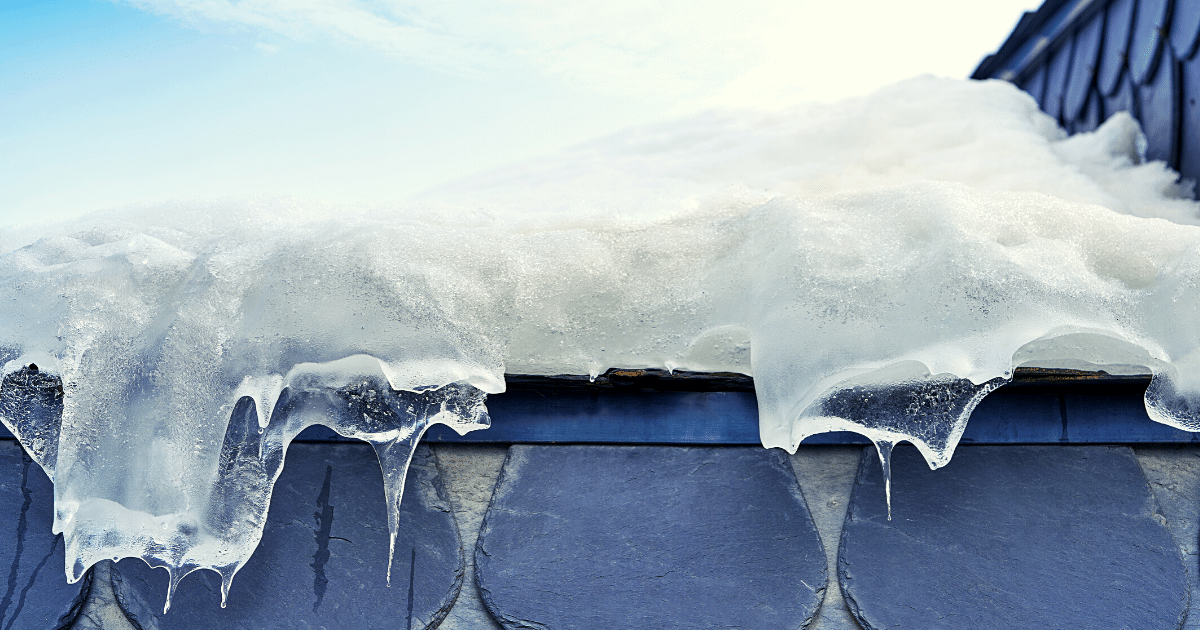
Preventing Ice Dams
Ice dams can lead to roof leaks, causing structural damage inside your home, as well as water stains, bubbling paint and wallpaper, and mold/mildew formation. Besides keeping up with snow removal (the best strategy for ice dam prevention), here are some others:
-
- Insulate your attic – This will minimize heat loss, keeping your roof cooler and melting less snow. It will also save on energy costs.
- Eliminate air leaks – Seal leaks in the attic, around the chimney, and at entry points for vents and pipes.
- Vent out the hot air – Proper ventilation will help keep heat from getting trapped and warming concentrated spots on your roof. Consider installing two motor-driven fan vents – one that draws in cold air and one that exhausts hot air.
- Turn down the heat – Dialing down your home temperature will not only help prevent snowmelt and ice dams, but also save on your heating bill. Check out our easy tips here.
- If you already have ice dams – Ice dams can do serious and expensive damage to your home – so if you have them, get them removed by a professional asap.
Preventing wintertime damage to your home saves money and headaches over time. In the case of your roof, keeping it maintained and damage-free will extend its life and protect your home’s value. Follow the strategies above and also remember – if the snow is wet, heavy, voluminous, or hardened you should hire a professional snow shoveling service. Finally, getting a pre-winter roof inspection is always a good idea, as it will surface any structural vulnerabilities or problems with your roof.
For more winter home maintenance tips, click here.
This article is furnished by California Casualty, providing auto and home insurance to educators, law enforcement officers, firefighters, and nurses. Get a quote at 1.866.704.8614 or www.calcas.com.














